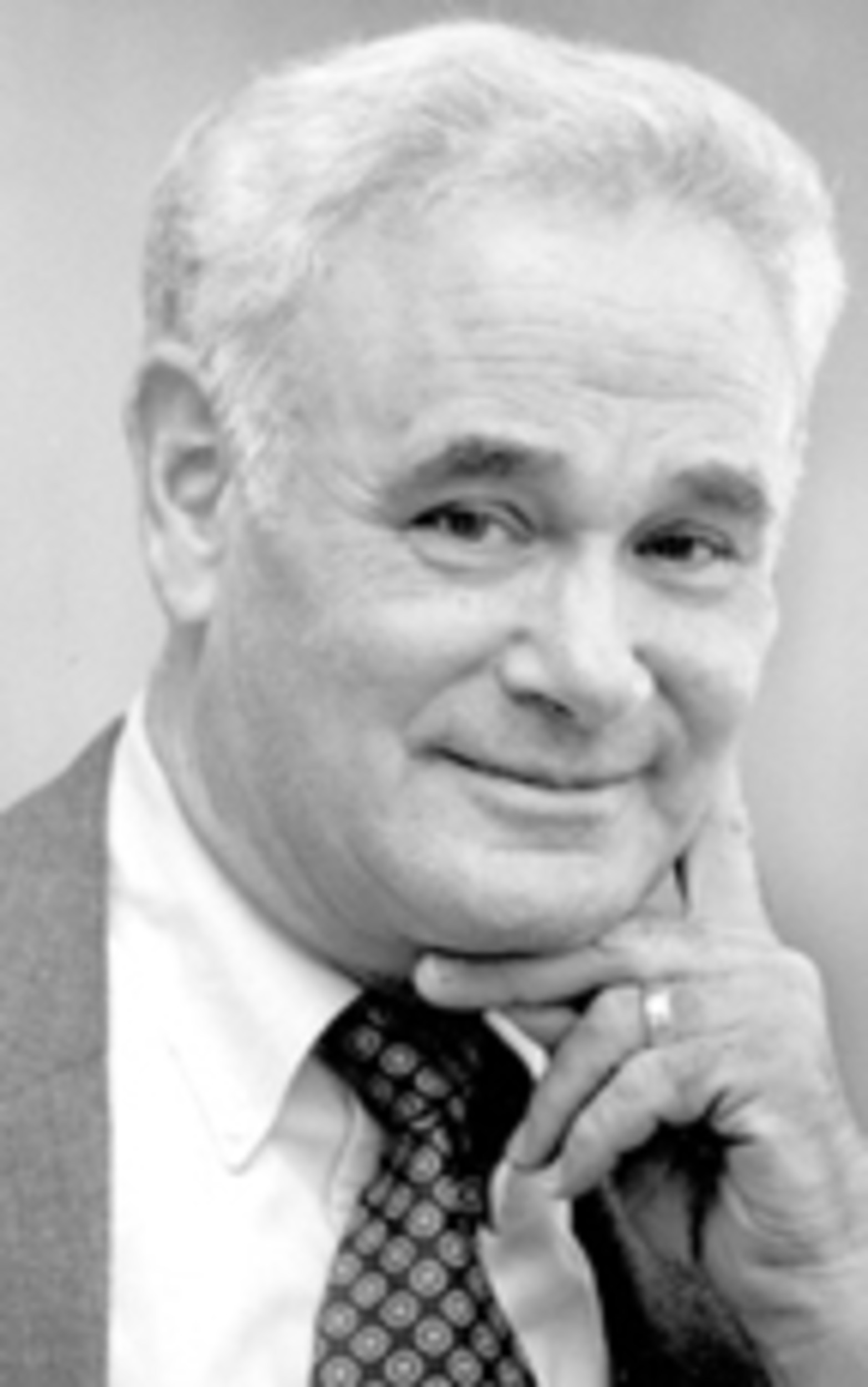The shaping power of Jewish memory
“Memory believes before knowing remembers. Believes longer than recollects, longer than knowing even wonders ….”
So begins Chapter 6 of the 1932 novel “Light in August,” by Nobel Prize-Winning American author William Faulkner (1897-1972). These words foreshadow the backstory of Joe Christmas, one of the central characters in Faulkner’s narrative.
Christmas’ life is marked and marred by an overpowering memory, which he believes to be true, even though he cannot know for certain. The persistence of this memory convinces him that, although he passes for white, he has Negro blood in him. He remembers that as a little boy in an orphanage, other little boys and girls called him “n *****.” Though he does not know why he was given this label, he comes to believe that it must be true. This confusion about his racial identity torments him throughout his life.
As is true for Joe Christmas, most of us hold onto memories we believe to be true, whether or not they accurately portray what really happened. Such memories, for better or worse, partially shape our ever-evolving personalities.
And just as memories from our earliest days tell us, in part, who we are, so, too, do the collective memories of the Jewish people add form and texture to our identity as Jews.
Yosef Yerushalmi (1932-2009), a well-respected Judaica scholar, explores the deep paradoxes of Jewish memory in his book, “Zakhor: Jewish History and Jewish Memory,” first published in 1982 by the University of Washington Press. He would have us consider, for example, a central theme of the Passover seder: “Avadim hayinu, we were slaves to Pharaoh in Egypt; and the Lord our God brought us out from there with a mighty hand and an outstretched arm.”
Few collective memories are more deeply embedded in the Jewish psyche than the assertion that we were slaves and God set us free; this memory of our journey from slavery in Egypt to freedom in the Promised Land is an essential part of who we are.
Nevertheless, modern Jewish historians, careful practitioners of their craft, raise numerous questions regarding the Biblical story of the Exodus, which forms the core of our Passover Haggadah. How many Israelites were slaves in Egypt? Certainly far fewer than the hundreds of thousands reported in our Torah. Did our ancestors cross the miraculously parted waters of the Red Sea, or did they plod through the marshy muck of the Yam Suf, Sea of Reeds? What about the 10 plagues? Can even a single one of them stand the scrutiny of historical analysis? What credence can the modern historian give to the story of the Angel of Death passing over the homes of the Israelites but slaying the first-born sons of the Egyptians?
As Yerushalmi is quick to point out, the professional skepticism of modern Jewish historians regarding the Torah’s telling of the Exodus works against the life-affirming, morally uplifting collective memory of our people.
Sitting at the seder table, Yerushalmi would have to set aside his professional identity as a Jewish historian and enter into what Rabbi Jacob Neusner (1932-2009), a contemporary of Yerushalmi’s, termed the “mythic structure” of Jewish tradition. To put it somewhat differently, there is the truth uncovered by today’s Jewish historians, and there is the mythic truth that emerges from the collective wisdom and experience of the Jewish people.
Neusner’s notion of the “mythic structure” informs our worship services as well as our life-cycle rituals.
During my rabbinical career, I have had the privilege of officiating at many, many weddings. During the ceremony, I have almost always chanted the traditional Sheva B’rachot, the Seven Benedictions, the sixth of which translates as “Grant perfect joy to these loving companions, as you did to the first man and woman in the Garden of Eden. Blessed be You, O Lord, who grants the joy of bride and groom.”
I think it is safe to say that not a single person standing under the Huppah at any one of these weddings believed, in a literal sense, in the story of Adam and Eve in the Garden of Eden. Nevertheless, within the joyful context of the wedding ceremony, these words of the sixth benediction ushered those present into the mythic structure of our collective memory, pointing us toward the timelessness of the sacred event to which we were all witnesses.
Jewish memory, then, even when certain facts are misremembered, is a source of our most cherished affirmations – for our “memory believes before knowing remembers.” Such memories – filtered through decades, centuries, millennia of our collective experience – nourish our souls and fortify the mythic structure that gives us the strength, the courage, the sense of meaning and direction that carries us through the chaos of these troubled times.
Jewish memory, empowered by myth but grounded in the history of generation after generation, continues to teach us that we were, we are, and we will always be slaves who have been liberated by God.
JAMES B. ROSENBERG is rabbi emeritus at Temple Habonim, in Barrington. Contact him at rabbiemeritus@templehabonim.org.








